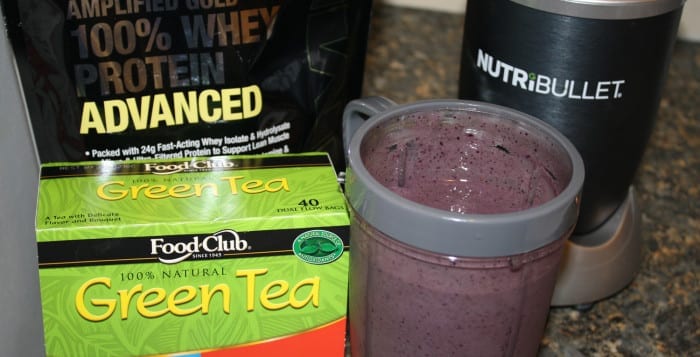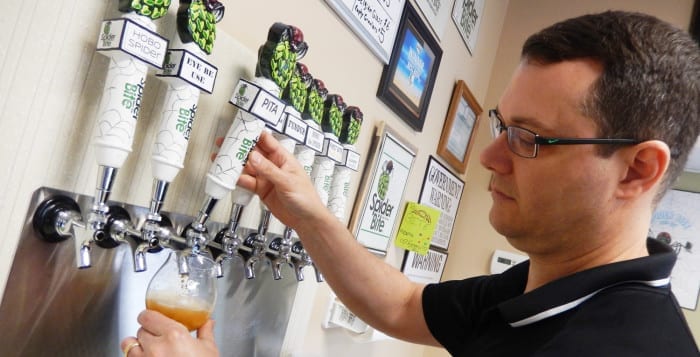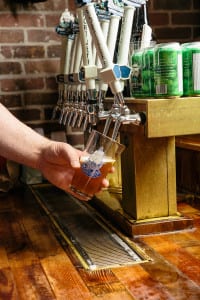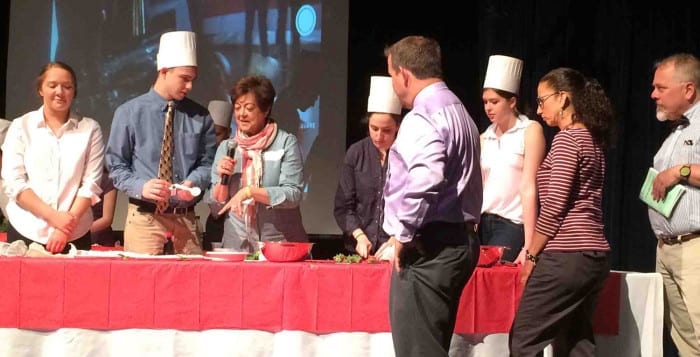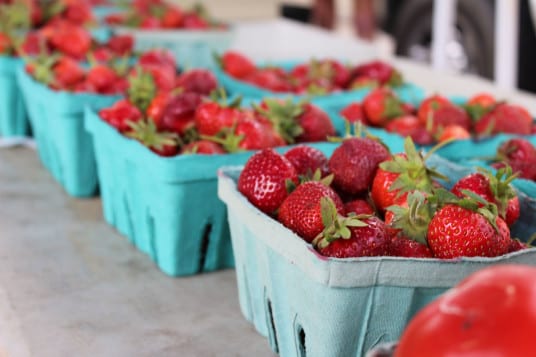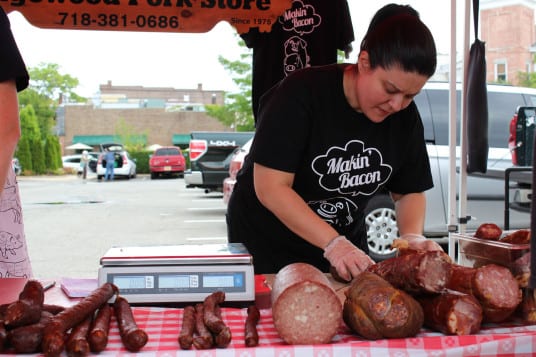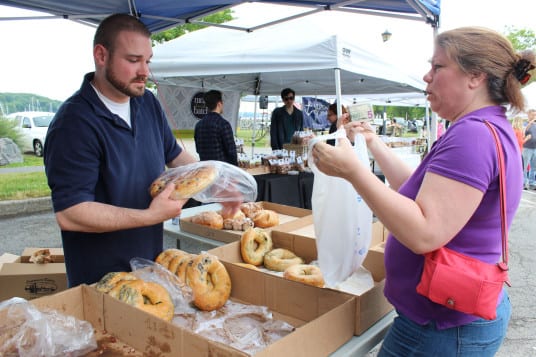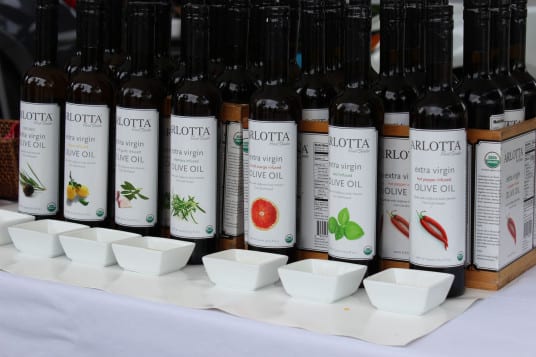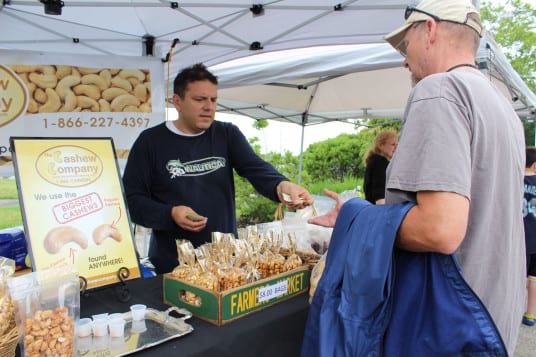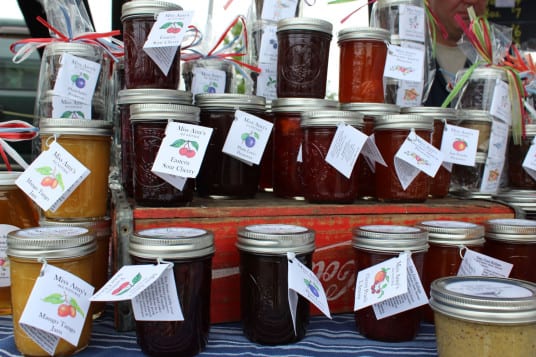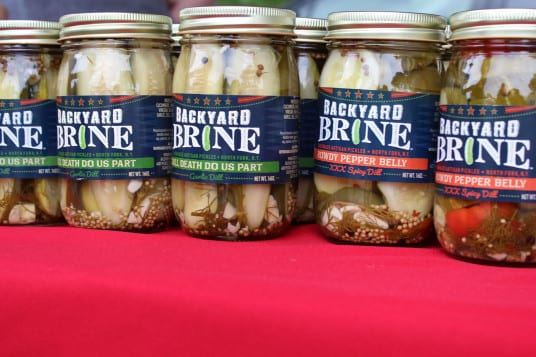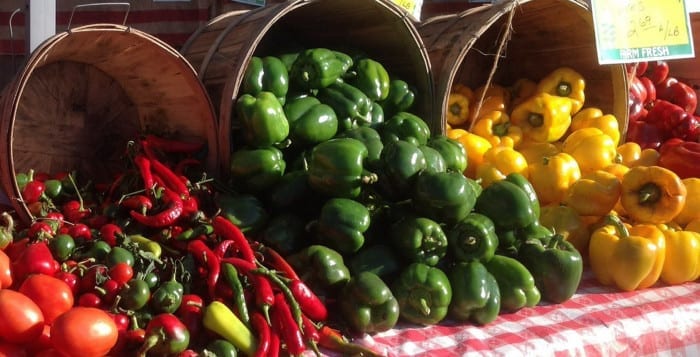By Lisa Steuer
Contrary to what some may believe, there are many tasty ways to eat healthy. Whether your goal is to lose weight or improve your well being, smoothies are a great and easy option.
Making a smoothie — when you blend ingredients together — is different from juicing. When juicing, the juice is extracted from fruits and vegetables, leaving behind a pulp that is often thrown away. In addition, this strips the fruit of its fiber but leaves the sugar.
While juicing is still considered healthy in moderation, having a fiber source with your healthy drink is important, said Shoshana Pritzker, RD, CDN, who owns Nutrition by Shoshana in East Islip. Fiber keeps you feeling fuller for longer, is good for digestion and helps control blood sugar.
Still, many people turn to juicing-only type diets in order to “cleanse.” However, this is not really necessary, Pritzker said.
“You have a liver and a kidney that do a phenomenal job at making sure your system is clean and healthy, so there really is no way to detox better than what your body does already on its own,” said Pritzker. A better option, instead, is to focus on filling your diet with plenty of fiber-rich fruits and vegetables to keep you healthy and your system running smoothly.
The kind of smoothie you make can be dependent on your goals. For instance, add green tea to a smoothie to help boost your metabolism if you want to lose weight. Or make a health blend with antioxidant-rich ingredients like blueberries. “Overall, you should just be looking for a healthy blend of ingredients you like. Because if you don’t like it, you’re not going to drink it,” said Pritzker.
Making the Perfect Smoothie
Like any healthy meal, the ideal smoothie should contain all three macronutrients: protein, complex carbs and healthy fats. For protein, you could use a scoop of protein powder, non-fat dairy milk or non-fat yogurt (either Greek or regular, depending on your personal preference); the healthy fat could be fish oil, flaxseed, peanut butter, nuts, coconut oil or even an avocado (“You can’t even taste it. It makes it really thick and creamy,” said Pritzker). And your complex carb could be a high-fiber cereal or granola. A smoothie that contains all three macronutrients could even work as a meal replacement.
In addition, if you’re concerned about your fruit going bad before you get a chance to use it, give frozen fruit a try, as it’s just as healthy as fresh fruit (just check the label to make sure it contains no added sugar). “The only thing you want to stay away from is canned fruit,” said Pritzker. “Canned fruit is usually kept in syrup.”
Here are three smoothie recipes Pritzker shared. For more recipes, visit her website at nutritionbyshoshana.com, where you can also download a free smoothie recipe e-book.
Metabolic Reboot Smoothie: Makes 1 serving
Ingredients:
1 scoop vanilla whey protein powder
1/2 frozen banana
1/4 fresh avocado
1 cup chopped kale
1 cup fresh or frozen blueberries
1/2 – 1 cup brewed green tea, cooled
Ice
Directions:
Add ingredients to blender and blend until smooth. Enjoy!
Antioxidant Power Smoothie: Makes 1 serving
Ingredients:
1 cup fresh or frozen mixed berries (blueberries, raspberries, strawberries, blackberries, etc.)
1 cup frozen chopped spinach
1 apple, cored and cubed
1/2 frozen banana
1 tablespoon flaxseeds or ground flaxseeds
1/2 – 1 cup water or milk of choice
Ice (optional)
Directions:
Add ingredients to blender and blend until smooth. Enjoy!
PB & J Breakfast Smoothie: Makes 1 serving
Ingredients:
6 ounces plain, nonfat, Greek-style yogurt
2 tablespoons natural peanut butter
1/2 cup fresh or frozen purple grapes
or strawberries
1/2 cup dry oats
1/2 to 1 cup milk of choice
Ice (optional)
Directions:
Add ingredients to blender and blend until smooth. Enjoy!
Lisa Steuer is the managing editor of FitnessRx for Women and FitnessRx for Men magazines. For fitness tips, training videos and healthy recipes, visit www.fitnessrxformen.com and www.fitnessrxwomen.com.

